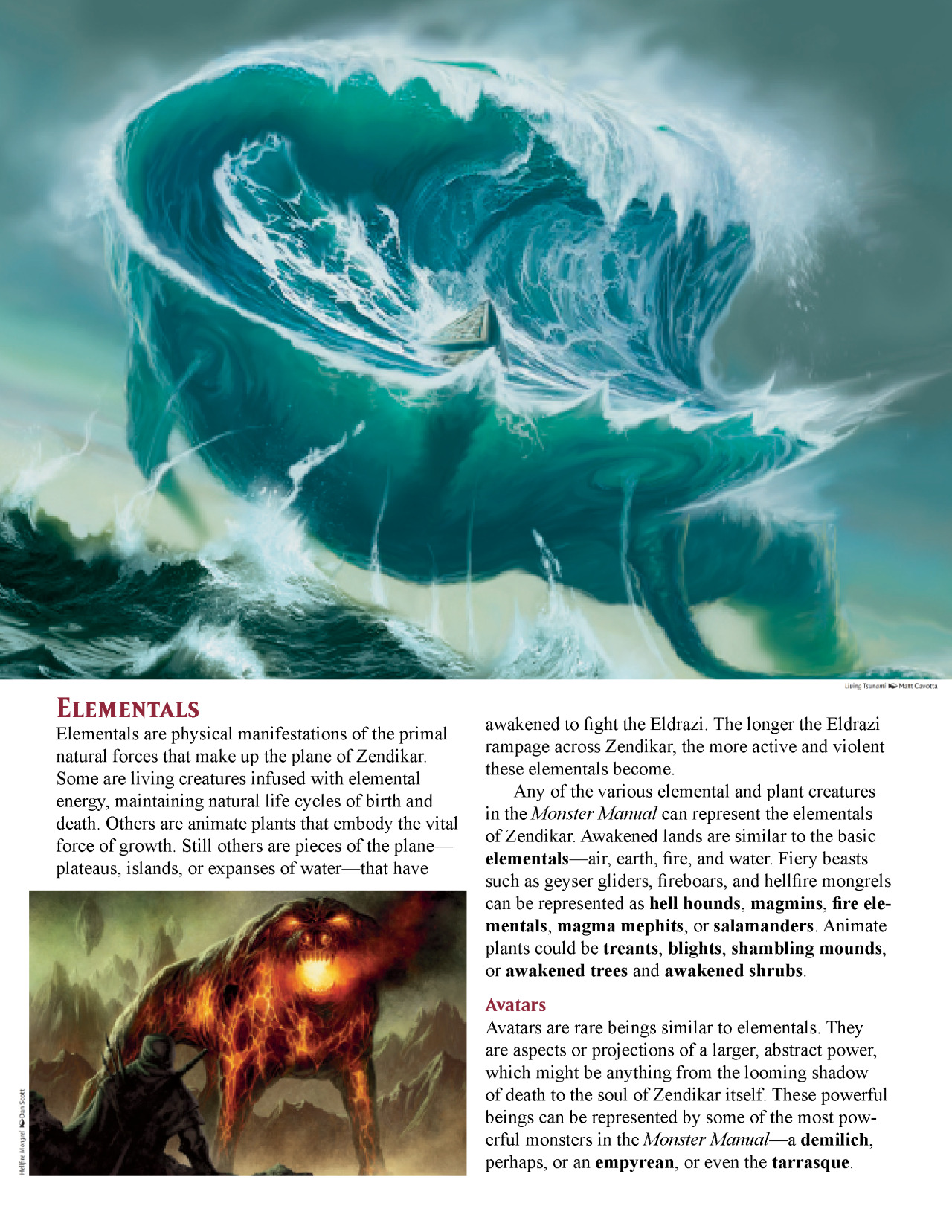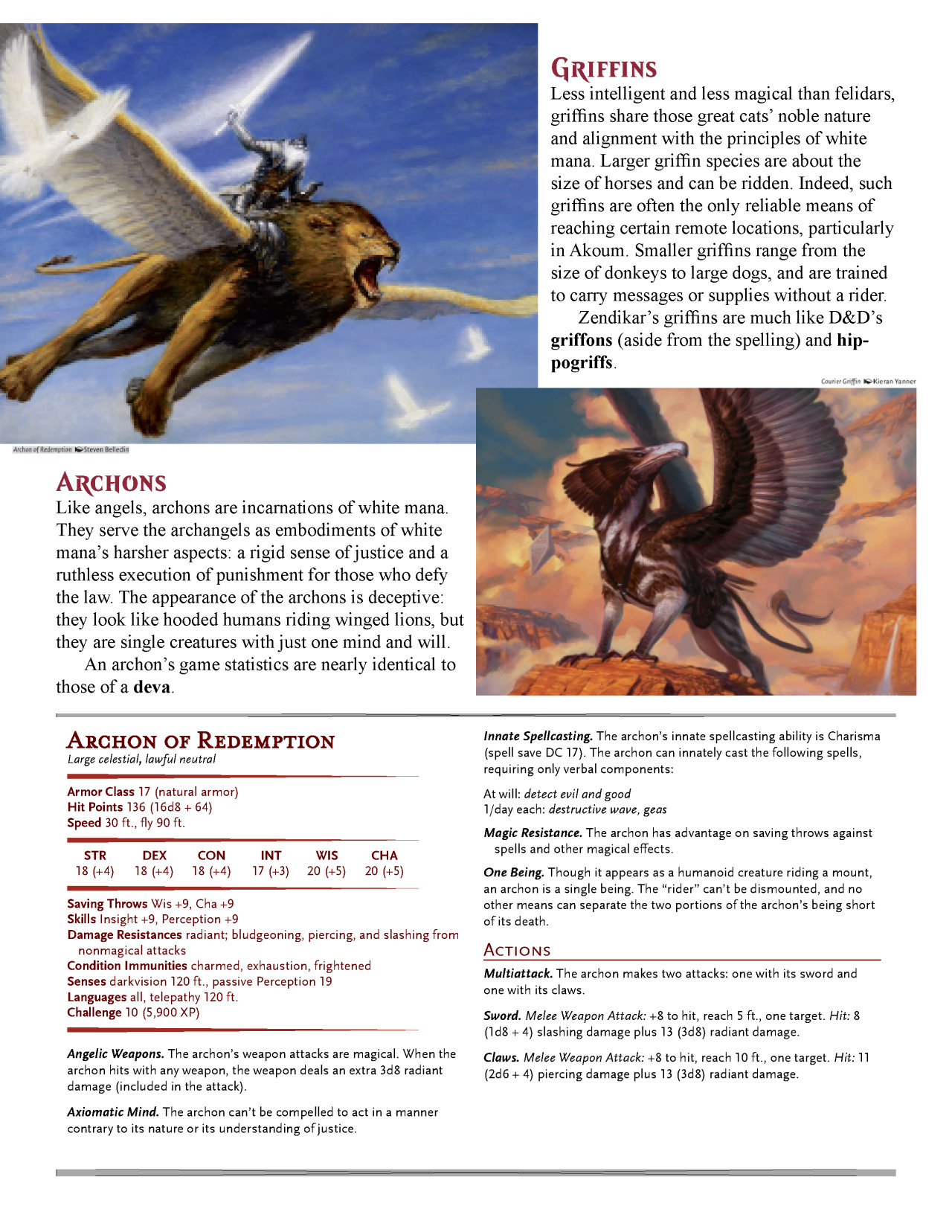

MinE is detached from the membrane after lingering on the membrane for a short time ( 25, 34).

Hydrolyzing ATP bound to MinD triggers the dissociation of MinD from the membrane ( 33). MinE, which senses the membrane-binding MinD, binds to the membrane and stimulates the adenosine triphosphatase (ATPase) activity of MinD ( 37). MinD binds to the membrane in an adenosine 5′-triphosphate (ATP)–dependent manner ( 32, 33) and is recruited to the membrane as a positive feedback loop ( 34– 36). The molecular mechanism is well understood and is shown in Fig. The Min system consists of MinC, MinD, and MinE, and the RDc of MinDE generates Min waves ( 11, 21, 31). In this regard, the Min system, which uses the Min wave, is a promising material for elucidating the mechanism of wave mode selection for the following two reasons: (i) Min waves show both wave modes under certain conditions, and (ii) the Min wave is the only intracellular RDc wave that can be reconstituted using defined factors in both in vitro ( 21– 26) and artificial cells ( 27– 30). However, the underlying mechanism remains elusive.īecause RDc dynamic waves emerge under nonlinear and far-from-equilibrium conditions, experiments using defined factors are indispensable for elucidating the mechanism of their spatiotemporal pattern formation. Physical picture of the mode selection has been studied in specific systems such as fluid convection of binary mixtures ( 18, 19) and CO oxidization on Pt ( 20). Therefore, elucidating the mechanism of mode selection between standing and traveling waves is essential for understanding spatiotemporal patterning in cells. Actin waves guide the direction of cell movement by wave propagation on the membrane ( 6, 16, 17), and the Min wave restricts the initiation of cell division at the cell division plane by enriching the cell division inhibitor at the cell poles through oscillation between the cell poles of the inhibitor ( 11, 14). The modes of the RDc wave are related to its intracellular function. For example, the actin waves described above are traveling waves ( 9, 13), and the Min wave is considered as a standing wave in living cells ( 14, 15). Both wave modes have been observed in living cells. For example, actin/phosphatidylinositol (3,4,5)-triphosphate (PIP3)/PTEN waves are related to the motility of amoeba cells ( 5– 8), the Rho/F-actin wave is related to the cell division of animal cells ( 9, 10), and the Min wave is related to the determination of the cell division plane of bacteria ( 11, 12).ĭynamic patterns caused by RDc are divided into two modes of waves: traveling waves that propagate spatially, and standing waves that oscillate at a fixed point. Dynamic patterns due to RDc are observed as waves of molecular transport. Although mechanical stress and molecular transport by cytoskeleton have been suggested to involve the formation of these static patterns, it has been indicated that RDc has substantial roles in the pattern formation and maintenance. Examples of RDc static patterns in living cells are PAR protein patterns, which determine the anterior and posterior poles in the eukaryotic embryo ( 1, 2), and Cdc42 polarization, which contributes to the determination of the budding position of budding yeast ( 3, 4). RDc induces two types of self-assembly: static and dynamic patterns. A notable mechanism that induces this self-organization is reaction-diffusion coupling (RDc). Spatiotemporal patterns of molecules in living cells are formed by the self-organization of molecules. These findings highlight a previously unidentified role of the balance between activators and inhibitors as a determinant of the mode selection of waves by RDc and depict an unexplored mechanism in intracellular spatiotemporal pattern formations.

We successfully demonstrated that the transition of the wave modes can be regulated by controlling this balance and found hysteresis characteristics in the wave mode transition.

Our experiments and theoretical analysis revealed that the balance of membrane binding and dissociation from the membrane of MinD determines the mode selection of the Min wave. Here, we investigated a wave mode selection mechanism using Min waves reconstituted in artificial cells, emerged by the RDc of MinD and MinE. Although mode selection plays a substantial role in the spatiotemporal organization of living cell molecules, the mechanism for selecting each wave mode remains elusive. Reaction-diffusion coupling (RDc) generates spatiotemporal patterns, including two dynamic wave modes: traveling and standing waves.


 0 kommentar(er)
0 kommentar(er)
